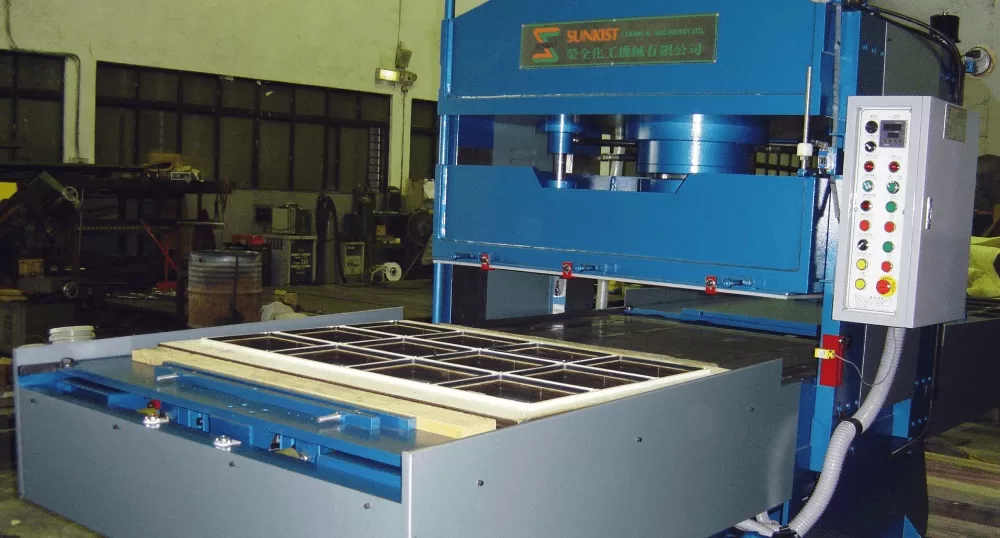Polyurethane (PU) is a versatile material that has revolutionized numerous industries, from automotive to furniture. As the founder of Ifoama, a leading B2B PU foam products manufacturing company, I’ve gained a deep understanding of this material’s intricacies. This guide aims to share that knowledge, shedding light on the fascinating aspects of polyurethane.
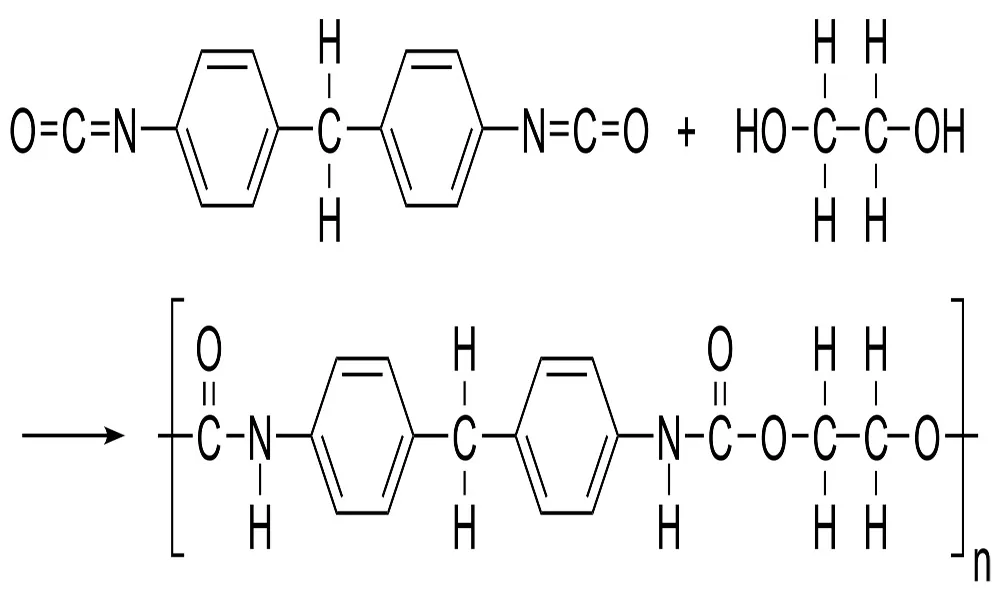
The Chemistry Behind Polyurethane
Polyurethane is a polymer composed of organic units connected by carbamate links. It’s created by reacting a polyol with a diisocyanate or a polymeric isocyanate, using suitable catalysts and additives. The choice of polyols and diisocyanates can significantly influence the properties and applications of the resulting polyurethane, contributing to its versatility.
Distinguishing Between Thermosetting and Thermoplastic Polyurethane
Polyurethane comes in two main types: thermosetting and thermoplastic. Thermosetting polyurethane, being more rigid, finds its use in varnishes and coatings. In contrast, thermoplastic polyurethane, with its flexibility, is used in elastomers and foams. The choice between the two depends on the desired properties and applications.
Unraveling the Properties of Polyurethane
Polyurethane is admired for its exceptional properties. It offers high flexibility, abrasion resistance, and chemical resistance, along with excellent thermal and electrical insulating properties. These properties make it a preferred material for a wide range of applications.
Exploring the Versatility of Polyurethane in Various Applications
Polyurethane’s versatility allows it to be used in a wide range of applications. It’s used in the production of flexible foam, rigid foam, coatings, adhesives, sealants, and elastomers. It’s also used in various industries, including automotive, construction, and furniture.
Understanding the Environmental Impact of Polyurethane
While polyurethane is a versatile and useful material, its environmental impact cannot be ignored. Polyurethane is not biodegradable and can contribute to landfill waste. However, efforts are being made to develop more sustainable and recyclable forms of polyurethane.
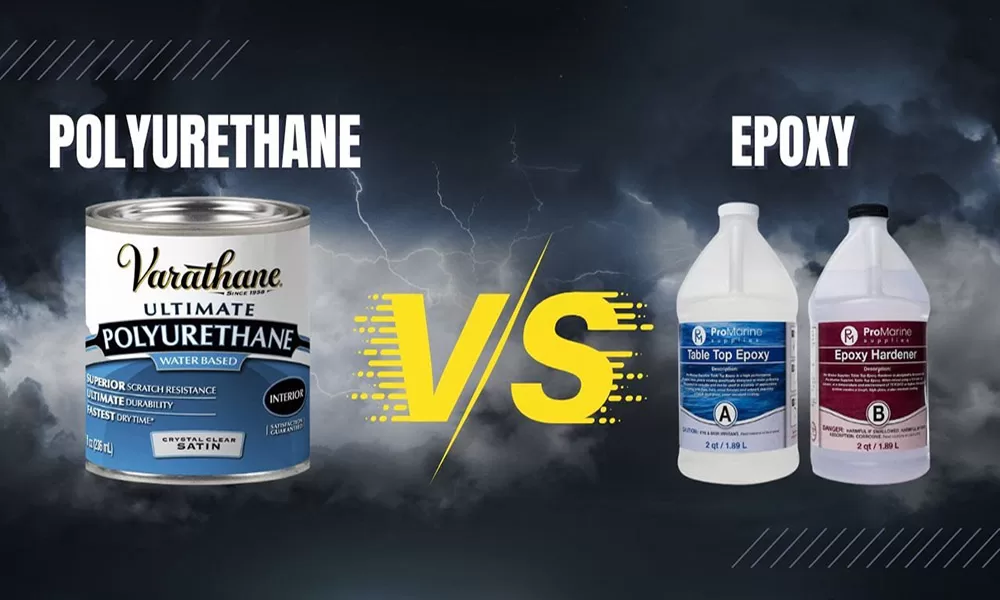
The Future of Polyurethane: A Shift Towards Sustainability and Recycling
The future of polyurethane lies in sustainable practices and recycling efforts. As the global concern for plastic waste grows, researchers are exploring microbial enzymes capable of modifying or degrading synthetic polymers. These enzymes are emerging as candidates for the development of biocatalytic plastic recycling processes.
The Role of Microbial Enzymes in Polyurethane Recycling
Microbial enzymes play a crucial role in the degradation of synthetic plastics like polyurethane. These enzymes are capable of breaking down the complex structure of these plastics, making them more manageable for recycling processes.
Overcoming Challenges in Polyurethane Recycling
Despite the promising potential of microbial enzymes in polyurethane recycling, there are still challenges to overcome. The hydrophobicity, degree of crystallinity, surface topography, and molecular size of synthetic polymers like polyurethane can restrict their biodegradability.
The Impact of Polyurethane Recycling on the Environment
The recycling of polyurethane can have a significant positive impact on the environment. By reducing the amount of plastic waste that ends up in landfills and oceans, we can mitigate the environmental damage caused by these materials.
The Future of Polyurethane is Green
The future of polyurethane is undoubtedly green. With the development of sustainable practices and recycling efforts, we can reduce the environmental impact of this versatile material. The role of microbial enzymes in these efforts is crucial, and further research in this area can lead to more efficient and sustainable polyurethane management practices.
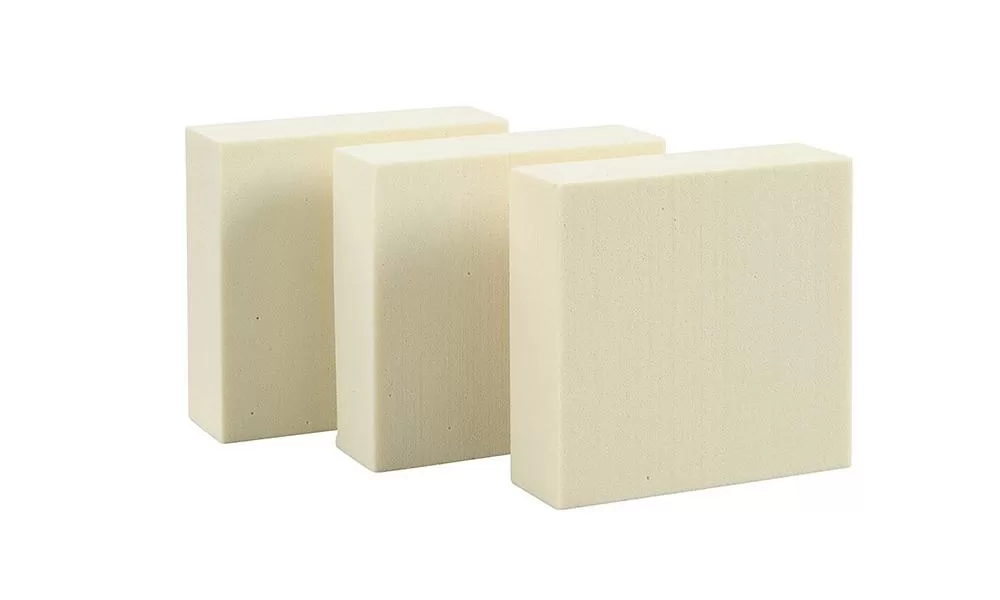
The Economic Impact of Polyurethane
Polyurethane’s versatility and wide range of applications have significant economic implications. Its use in various industries contributes to economic growth and job creation. Moreover, the shift towards sustainable practices and recycling in the polyurethane industry can also lead to new economic opportunities.
The Role of Innovation in Polyurethane Production
Innovation plays a crucial role in the polyurethane industry. From the development of new polyurethane formulations to the creation of more efficient production processes, innovation is driving the industry forward. This continuous innovation not only improves the properties and applications of polyurethane but also contributes to its sustainability.
Polyurethane in Everyday Life
Polyurethane is not just an industrial material; it’s also a part of everyday life. From the foam in our mattresses to the insulation in our homes, polyurethane is everywhere. Understanding this material can help us make more informed choices about the products we use every day.
The Health and Safety Aspects of Polyurethane
While polyurethane is a valuable material, it’s also important to consider its health and safety aspects. Proper handling and use of polyurethane can ensure that it’s safe for both people and the environment.
The Role of Regulations in the Polyurethane Industry
Regulations play a crucial role in the polyurethane industry. They ensure that polyurethane products are safe to use and that their production and disposal do not harm the environment. Understanding these regulations can help businesses comply with them and consumers make informed choices.
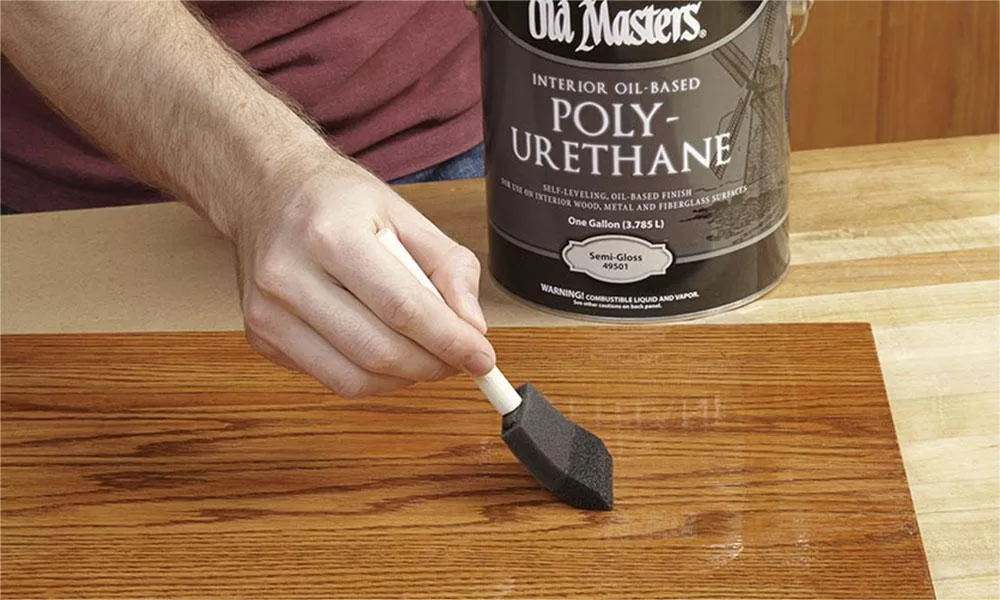
Conclusion: The Fascinating World of Polyurethane
Polyurethane is indeed a fascinating material. Its versatility, properties, and wide range of applications make it a crucial part of many industries. As we move towards a more sustainable future, polyurethane will play a key role. By understanding this material, we can make the most of its benefits while minimizing its environmental impact.

